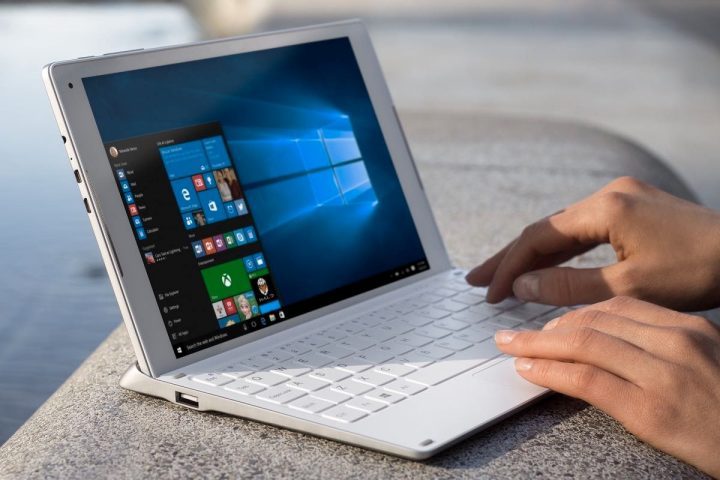Microsoft Window 10 ARM PC: six things to keep in mind

Last December, Microsoft announced its line of ARM-powered Windows 10 PCs, boasting all-day battery life, ahead of HP, Asus and Lenovo, who’s devices aren’t yet available.
While Microsoft has a history of “running before it can walk”, when it comes to brand new devices, the company is well aware of potential limitations of the brand new PCs, in light of the fact that the processors powering them are very close in architecture to those powering tablets and smartphones.
The list of potential technical limitations posed by powering Windows 10 with an ARM processor was first discovered by technology podcaster Paul Thurrott, and it includes at least six main aspects of user experience that may be affected.
With regard to hardware, the first thing to consider is the fact that older peripherals are unlikely to work, unless ARM64 drivers are available. Fortunately, anything newer than relatively modern ink-jet printers will work just fine.
Next, support for x64 programs is still non-existent, which means that while ARM PCs can run 32-bit versions of most applications, 64-bit versions of apps like Photoshop, and other software, will not work. Fortunately, 64-bit software is still derivative of a 32-bit version in most cases in which it matters. With that said, Microsoft is indeed planning to close the gap in the future.
Another issue, which may impact gamers more than anyone, is that apps requiring versions of OpenGL newer than 1.1, or OpenGL hardware acceleration, will most likely not work, as well as games that use anti-cheat technology.
Shell extension apps, like Dropbox, Google Backup and Sync, and other apps that rely on tray icons and right-click menus, may also function incorrectly. Also virtual machines via Hyper-V will also be unavailable, at least for the time being.
Finally, apps coded in such way as forcing the operating system to automatically run a mobile version of their interface, may display layout issues, such as improper orientation, UI displacement, and other problems that may render using these apps rather difficult.
While the above limitations may seem to shed a rather bleak light over Microsoft’s new devices, most regular apps, and almost all contemporary hardware will work as expected for most users. Needless to mention that ARM PCs are still in their infancy, and development of ARM apps, as well as support for all currently lacking support, is expected to come around, if anything, for two main reasons:
First of all, ARM PCs long-lasting battery promises to solve the one problem no laptop manufacturer has been able to properly address, and second, the price point for ARM devices is expected to be considerably lower than more powerful, mainstream devices; a reality likely to become very attractive for consumers on a budget who aren’t willing to settle for a Chromebook.
Ready to shop?
If you are looking for the ultimate Windows 10 tablet, PortableOne has the best deals on Surface Pro 3 and Surface Pro 4, as well as a full range of accessories.